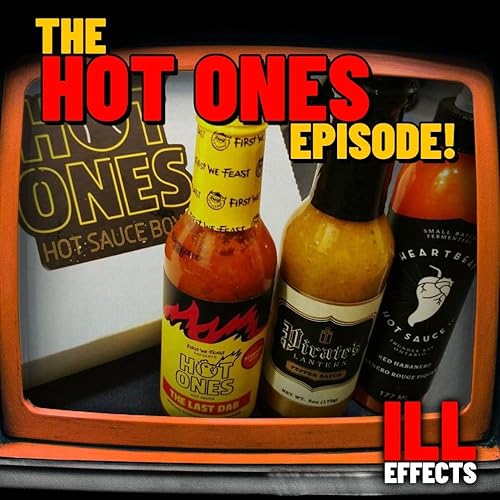In the summer of 2024, pop star Chappell Roan publicly called out her fans for being “creepy” and “weird,” asking, “if you saw a random woman on the street, would you yell at her from the car window?” Media coverage quickly seized on a familiar term to make sense of the incident: parasocial. But what does it really mean to have a parasocial relationship with a celebrity, and is it even the right term for what’s going on here? In this episode, Ben walks Rich through the surprising history of a now-mainstream academic concept. So, loyal listeners, don’t pretend like you know us (sorry, Mum).
Show Notes: [Video] I Am Not Your Friend
‘I wouldn’t dream of telling a stranger I hated their laugh’: how does it feel when your social media followers cross a line? | Social media | The Guardian
Bucy, A. (2024). Normalising Fan Parasociality within Pathologising Traces Fan discourses of ‘good’and ‘bad’parasocial behaviours. Persona Studies, 10(2), 40-54.
Chen, C. P. (2016). Forming digital self and parasocial relationships on YouTube. Journal of Consumer culture, 16(1), 232-254.
Gamson, J. (2023). Claims to fame: Celebrity in contemporary America. Univ of California Press.
Hills, M. (2015). From para‐social to multisocial interaction: theorizing material/digital fandom and celebrity. A companion to celebrity, 463-482.
Horton, D., & Richard Wohl, R. (1956). Mass communication and para-social interaction: Observations on intimacy at a distance. Psychiatry, 19(3), 215-229.
Liebers, N., & Schramm, H. (2019). Parasocial interactions and relationships with media characters–an inventory of 60 years of research. Communication Research Trends, 38(2), 4-31.
Reijnders, S., Spijkers, M., Roeland, J., & Boross, B. (2014). Close encounters: Ritualizing proximity in the age of celebrity. An ethnographic analysis of meet-and-greets with Dutch singer Marco Borsato. European Journal of Cultural Studies, 17(2), 149-169.
Rojek, C. (2015). Presumed intimacy: Parasocial interaction in media, society and celebrity culture. John Wiley & Sons.
Too close for comfort: the pitfalls of parasocial relationships | Social media | The Guardian
Tukachinsky, R., Walter, N., & Saucier, C. J. (2020). Antecedents and effects of parasocial relationships A meta-analysis. Journal of Communication, 70(6), 868-894
University study looks at YouTube and parasocial relationships - BBC News
Why are TikTok creators so good at making people buy things? - BBC Worklife
Why we feel so close: The science behind parasocial relationships with musicians
You are not that singer’s best friend!: The dangers of parasocial relationships in the music industry - The Boar
Note: Journal articles are often behind paywalls. If you don't have institutional access but would like a copy of these papers please email Illeffectspod@gmail.com and we will happily send you a copy
Credits: Hosts – Rich McCulloch and Ben Litherland
Music by - Brutalust (Colin Frank and Maria Sappho), recorded and mixed by Joe Christman
producer – Caroline Pringle
 Jul 31 20251 hr and 48 mins
Jul 31 20251 hr and 48 mins 2 mins
2 mins Jul 3 20251 hr and 11 mins
Jul 3 20251 hr and 11 mins Jun 19 20251 hr and 32 mins
Jun 19 20251 hr and 32 mins Jun 5 20251 min
Jun 5 20251 min May 22 20251 hr and 2 mins
May 22 20251 hr and 2 mins May 8 20251 hr and 42 mins
May 8 20251 hr and 42 mins Apr 24 20251 min
Apr 24 20251 min

